 At Lazar’s Chocolate, exceptional flavor starts with exceptional ingredients. From rich dark chocolate to creamy milk and indulgent white chocolate, every bar is crafted with care, precision, and a dedication to quality. Here’s a behind-the-scenes look at how Lazar’s sources the finest ingredients to deliver maximum flavor in every bite.
At Lazar’s Chocolate, exceptional flavor starts with exceptional ingredients. From rich dark chocolate to creamy milk and indulgent white chocolate, every bar is crafted with care, precision, and a dedication to quality. Here’s a behind-the-scenes look at how Lazar’s sources the finest ingredients to deliver maximum flavor in every bite.
1. Ethically Sourced Cocoa Beans
The journey of Lazar’s Chocolate begins with the highest-quality cocoa beans. Lazar’s partners with sustainable farms around the world that prioritize ethical practices, fair wages, and environmental stewardship.
Why it matters:
-
Fresh, premium cocoa beans provide a richer, more complex chocolate flavor.
-
Ethical sourcing ensures long-term sustainability and supports farming communities.
Tip: The region and variety of cocoa beans impact the flavor profile, from fruity notes to deep, earthy richness.
2. Pure and Natural Ingredients
Lazar’s Chocolate uses minimal, natural ingredients to highlight the true taste of cocoa. That means:
-
No artificial flavors or additives
-
High-quality sugar and milk products
-
Natural flavorings for specialty bars
Result: Smooth, authentic chocolate that melts perfectly and delights the senses.
3. Specialty Additions for Unique Flavors
For their signature and specialty chocolate bars, Lazar’s sources carefully selected nuts, fruits, spices, and other ingredients. Each addition is chosen for:
-
Flavor compatibility
-
Texture enhancement
-
Overall sensory experience
Example: Sea salt enhances the richness of dark chocolate, while roasted nuts add a satisfying crunch.
4. Rigorous Quality Control
Sourcing ingredients is just the beginning. Lazar’s Chocolate implements strict quality control at every step:
-
Inspecting beans for freshness and flavor potential
-
Testing batches to ensure consistent taste and texture
-
Maintaining precise storage and handling to preserve quality
Outcome: Every bar of Lazar’s Chocolate delivers the maximum flavor you expect from a premium product.
5. The Result: Unforgettable Chocolate
By sourcing the finest ingredients and carefully combining them, Lazar’s Chocolate creates:
-
Smooth, rich chocolate that melts perfectly
-
Distinct, memorable flavors that linger
-
Chocolate that’s indulgent, ethical, and high-quality
Whether enjoyed alone, baked into desserts, or paired with wine or coffee, Lazar’s Chocolate stands out for its authentic taste and attention to detail.
Final Thoughts
Great chocolate starts with great ingredients. Lazar’s Chocolate goes above and beyond to source ethically, naturally, and thoughtfully, resulting in chocolate that’s not just delicious—it’s unforgettable. Every bite tells the story of care, quality, and flavor mastery.
How Lazar’s Chocolate Sources the Finest Ingredients for Maximum Flavor
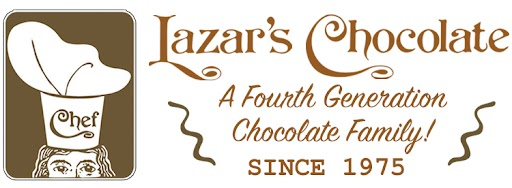

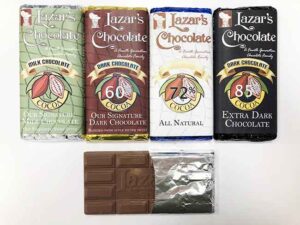


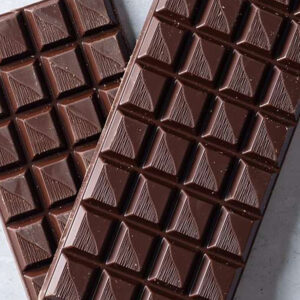
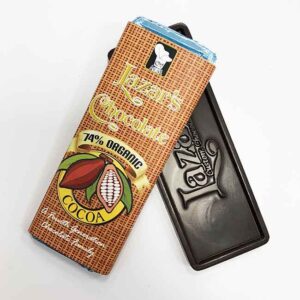
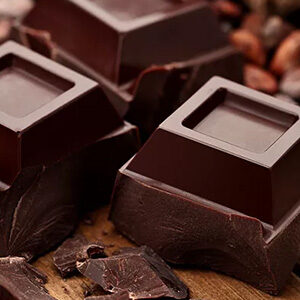
 Chocolate comes in many forms, but the three main types—milk, dark, and white chocolate—each offer a unique taste, texture, and experience. At Lazar’s Chocolates, we craft all three with premium ingredients and time-honored techniques, so every bite is something special.
Chocolate comes in many forms, but the three main types—milk, dark, and white chocolate—each offer a unique taste, texture, and experience. At Lazar’s Chocolates, we craft all three with premium ingredients and time-honored techniques, so every bite is something special.
Recent Comments